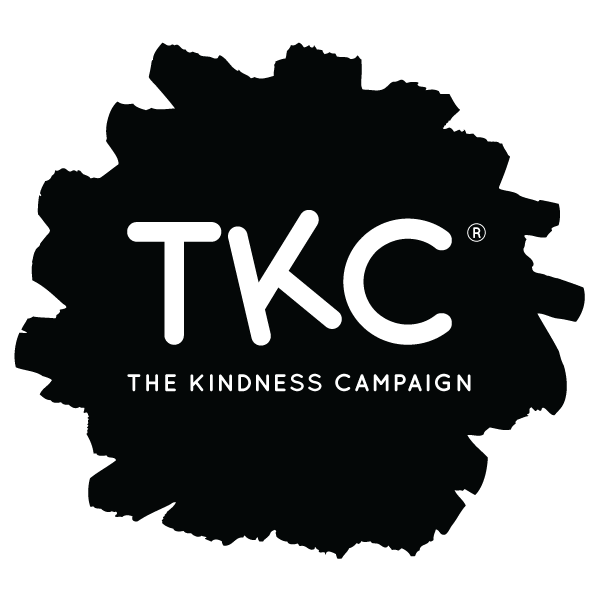3 Effective Ways to Teach Your Child Kindness
Did you know that kindness is a teachable skill?
A lot of us think that kindness is innate – a quality you’re either born with or you’re not. Remarks like “isn’t she sweet?” or “he’s so thoughtful” make it seem like these traits are fundamental parts of a personality.
Turns out, the opposite is true. Kindness is a habit that can be ingrained through practice, modeled by caregivers, and praised often. This helps children develop a moral identity around kindness, as they form a deeper understanding of who they are and how the world receives them.
Here are three effective ways to teach your children kindness, with The Kindness Campaign and beyond.
1. Get Involved With World Kindness Day
Every year, The Kindness Campaign serves thousands of students across the country (and world!) with emotional health boxes at NO cost to schools. Filled with tools, activities and books about kindness, these boxes encourage open dialogue around emotions. This is one of our signature efforts each year and both children and educators absolutely love getting their boxes.
There are several ways you and your child can be a part of 2024 World Kindness Day:
Volunteer
Sign up to pack and help deliver our boxes with your child. This is an excellent opportunity to talk to them about what’s in the box, and do an act of service together.
Support
Gift a box to a child or school in need. This can be a moment to talk to your child about sharing resources, and why you do it to help others.
Sponsor
Have your company support World Kindness Day. This is an opportunity to educate your child about values, and how your company expresses its values through community impact.
Sign up for World Kindness Day now!
In the form below, tell us whether you’d like to:
Volunteer
Support
Sponsor
You can do 1, 2, or all 3!
2. Assemble Care Kits for the Unhoused and Homeless
This is another amazing way to practice kindness in the real world. It’s a tangible effort, and your child can see the direct impact of their work.
Go shopping for items with your child, assemble kits together, and distribute to individuals or at a homeless shelter. You can also keep these items in your car to give out the next time you and your child encounter someone in need.
Here are good items for a care kit:
Toothbrush
Toothpaste
Sunscreen
Hand sanitizer
Snacks (dried fruit, mixed nuts, granola bars)
Bottled water
Socks
Nail clippers
Lip balm
Feminine hygiene products
Bandages
Tissues
If your child is feeling shy to hand them out, that’s OK. Make it a team effort, and let them see you put your own kindness into action.
If you’d like to align your efforts with an outreach organization benefiting the unhoused, Mobile Loaves and Fishes is a fantastic option for those in TKC’s hometown, Austin. Elsewhere, Salvation Army has chapters nationwide that allow you and your child to organize food drives for those in need.
3. Praise Kind Character
Kindness is a habit – we’ve established that. But data shows that children who are praised for being a kind person makes the habit more likely.
For example, the next time your child does something kind, praise them by saying:
“You are such a kind person.”
Rather than by saying:
“Good job!”
It’s a subtle distinction, but the first one focuses on who they are, while the second one focuses on the behavior. By reinforcing the notion that kindness is an essential part of who they are, your child will internalize it as part of their core self-image.
What are ways you help your child build kindness as a habit? We’d love to hear from you! Come find us on Instagram @tkckindness and let’s talk.


